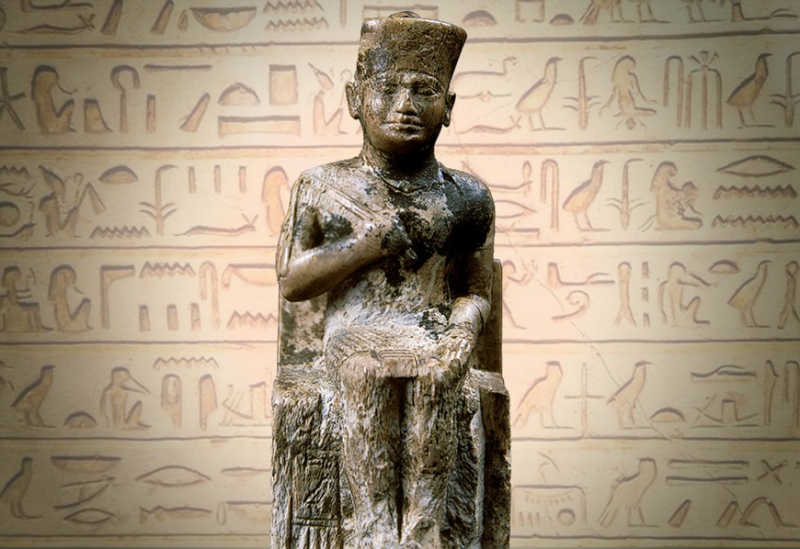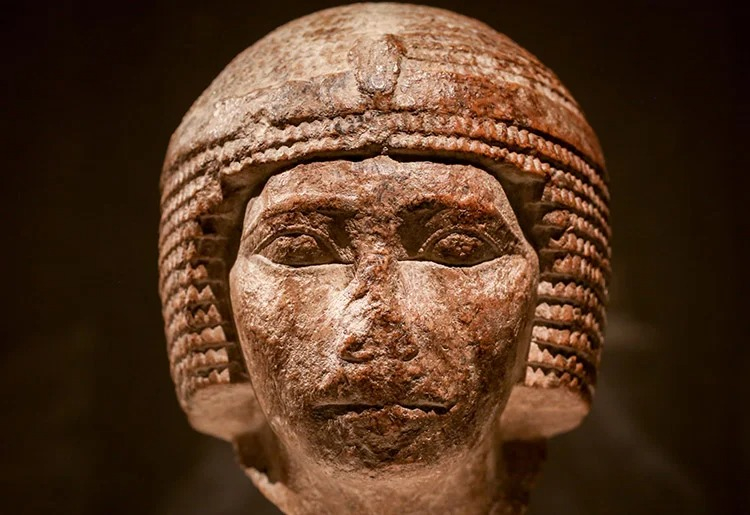Khufu
As a pharaoh of the Fourth Dynasty, Khufu's greatest legacy is undoubtedly the Great Pyramid of Giza, one of the Seven Wonders of the World. Therefore, he deserves to be one of the most famous ancient Egyptian Pharaohs. This massive Giza structure is a testament to the astonishing sophistication of Egyptian architecture and, notably, remained the tallest man-made structure in the world for 4,000 years. It was conceived by Khufu as a stairway to heaven and the means of its construction remains a mystery to this day.
Also known as Cheops (Greek translation), Khufu was the second pharaoh of the Fourth Dynasty during the first half of the Old Kingdom period. Famous for the construction of the Great Pyramid of Giza, also known as the 'Pyramid of Khufu'; It is considered the oldest of the seven wonders of the world that is still alive and well. The pyramid is the tallest man-made structure with a height of 146.7 meters (481 ft) for the most beautiful period in 4000 years and is estimated to weigh about 6 million tons. Khufu reigned about a century after Djoser, and he took the innovations of his predecessor to the next level. The historical record is divided regarding Khufu. Egyptian records describe him as a rather benevolent ruler, and the popularity of his honorary cult also suggests that he was not a violent tyrant.
- Duration of reign: 2589 BC ‒ 2566 BC












